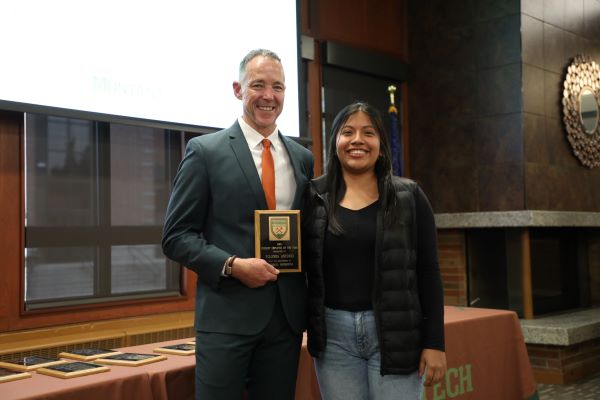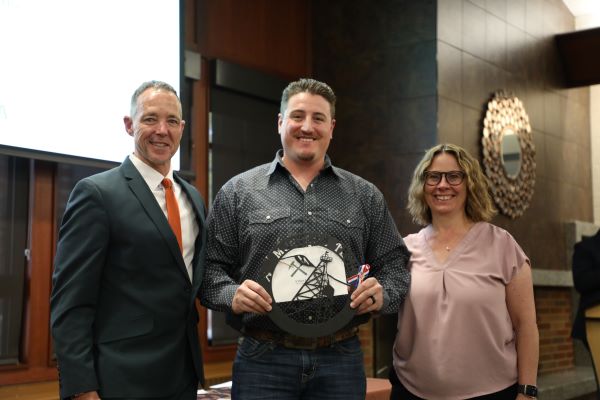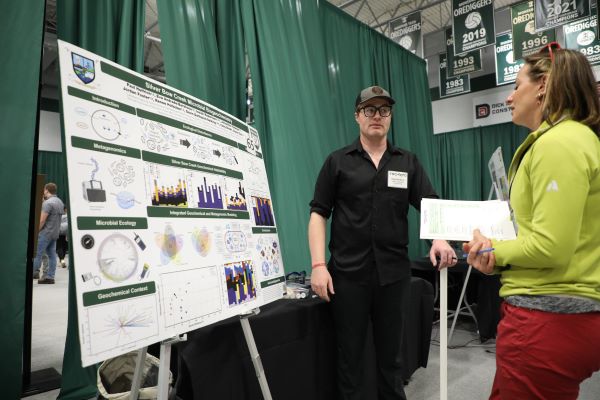Montana Tech Robotics Club looks for new challenges after rising to the top at NASA competition
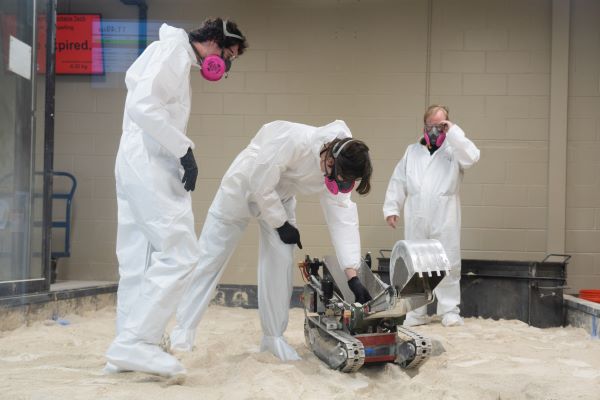
Drones that deliver packages and food. Driverless cars. The Odysseus lunar lander. Robots are becoming increasingly more important to humankind, and at Montana Tech, there’s a club where students from various backgrounds come together to share their enthusiasm for the field.
The Montana Tech Robotics Club, formerly the NASA Robotic Mining Club, has a history of excelling on the national stage. In 2022, the team bested 38 universities to take home the top mining award at the NASA Lunabotics Competition at the Kennedy Space Center. The field included major top-tier institutions, including the University of Alabama and Vanderbilt University. The challenge required the teams to build a robot that mined realistic mock lunar surface material in a contained environment.
“The powder on top is garbage,” Electrical Engineering Associate Professor Dr. Bryce Hill, the team’s advisor, said. “What they want is the gravel down below. The gravel simulates frozen water. The powder up above is what we have to get through to get to what counts.”
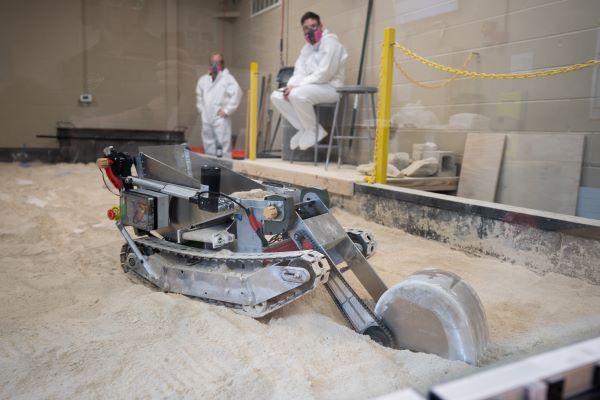
Any water that could be found on the lunar surface is a critical asset, as the hydrogen and oxygen atoms contained in the molecules can be split to produce fuel to power missions to other space destinations, like Mars.
Montana Tech’s big win at the NASA competition in 2022 resulted after many years of trial and error, and redesigning the team’s robot to better meet the demands of competition. But Hill says the team has always done a great job.
“In 2016, our robot dug so deep it broke the containment liner,” Hill said.
This year, the team is trying to find a new competition to tackle, as a reorganization of the format of the NASA competition made it too cost and time prohibitive to participate.
Team members are embracing new challenges, and bringing confidence in their abilities to the table after years of practice through the mining competition.
“It’s a continuous design process, and I love the engineering,” said Michael Price, a mechanical engineering senior from Oregon, who is head of the team’s mechanical and electrical divisions. Price is the mastermind behind the mining robot’s physical body. He has spent hours every year machining, milling, 3-D printing, and creating custom cuts of metal parts to make the team’s robots the best they can be.
Garrett Pruttis, a computer networking and cybersecurity junior from Chinook, Montana, is the head of software for the team. He’s the person who has to figure out how to make the mining robot dig by itself, even though it’s in a room that’s more than 100 meters away.
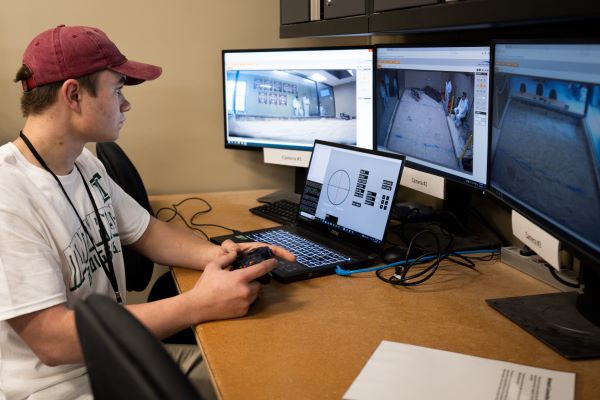
“Robotics requires a lot of technical knowledge, a lot of communication skills and software,” Pruttis said. “The software is very challenging to get right. I like the challenge. I enjoy the coding and the programming of many different systems to make the robot drive and watch it deliver.”
In addition to the engineering aspects, the team also has to complete long papers required for competition, some of which focus on economic or business aspects of the project.
The team welcomes more majors of all types, but members specifically are needed in business or interdisciplinary arts and sciences. The club would like to diversify to include more students who excel in soft skills and more women, Hill said.
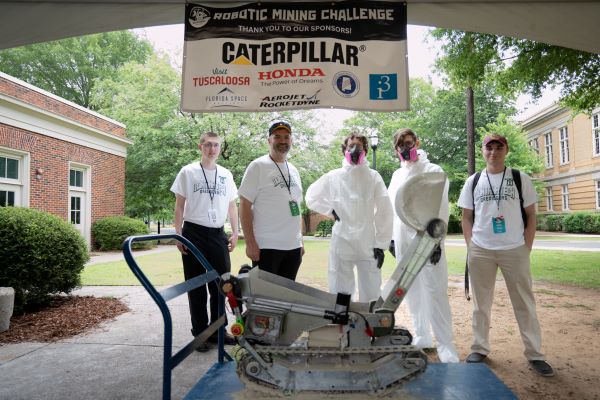
“We want more people to get involved,” said Dustin Marquardt, an electrical engineering senior from Trout Creek, who is the president of the club.
The club is also working to raise more funds for its activities. The cost of building a robot from scratch is estimated to be approximately $10,000, and that does not count the additional amount associated with traveling to competition. The club is selling a limited run of custom embroidered Carhartt bibs through the Montana Tech Campus Store for $150 each to assist with costs.

